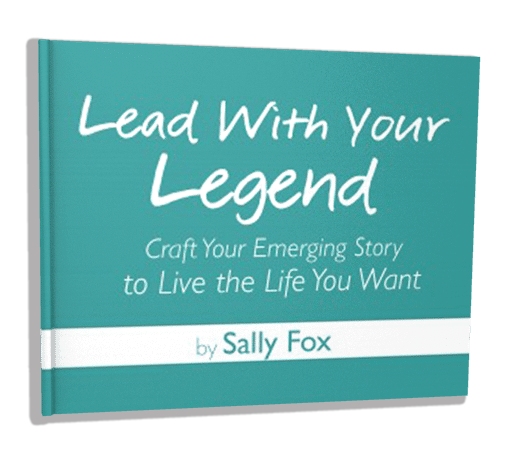
Is it OK to rage when we’re committed to practicing love?
How do we love someone whose words and actions have lead to deaths and needless suffering for millions? And when their credo of selfishness taints and threatens to destroy this county?
If love is a tender, uplifting feeling of appreciation and warmth for someone, I can’t go there.
If love is a stance that acknowledges that the world is interconnected, we’re in this together, and everyone has a right to be here, then I can love.
I don’t have to like said person. I detest most of their actions. But it’s not worth hating because hate changes me and does nothing to better the world.
A time for revolutionary love
Author/activist Valarie Kaur would say I need revolutionary love, a love that doesn’t “other” people different from me, but does not condone their actions, either.
Valarie is a civil rights activist, film-maker, lawyer, speaker, author, mother, faith leader, and seeker, who has packed an unimaginable number of accomplishments into her thirty-nine years.
I listened to her speak in conversation with two other amazing souls, Parker Palmer, educator and activist, and Carrie Newcomer, songwriter and peacemaker. They spoke on Newcomer-Palmer’s “The Growing Edge Podcast,” which I recommend.
Valarie became known to many through her stunning 2017 TED talk, featured below, “3 Lessons of Revolutionary Love in a Time of Rage,” which led to her just-published book, See No Stranger: A Memoir and Manifesto of Revolutionary Love.
She launched her path as an activist and documentary film-maker when a close family friend, a member of the Sikh faith, was the first person murdered in a hate crime post 9-11. Then, when she witnessed racism and police aggression while filming and was herself arrested, she decided to add a law degree to her theology training. When she speaks she is serious and joyfully uplifting, eloquent in the languages of compassion and social justice, birthing, mothering, meditation, and civil rights.
Got rage?
Valarie knows the micro and major aggressions directed daily at people of color. In the Newcomer-Palmer interview, Valerie spoke about seeing her father subjected to a racial insult in the presence of her son. She added,
“To rage to protect that which we most love is worthy.”
Rage is not the opposite of love. When we love deeply, the correct response against systemic bigotry and injustice may be rage.
To sanctify our rage and help it serve others, we must work with it. Too often, people stay stuck in grief and rage until it calcifies within them.
She continued:
“When we don’t give rage a safe container for expression–when we don’t move through our rage–it’s easy when it stays contained in our bodies to harden into something like hate.”
Parker added, “Or into depression, which is where I think a lot of people are… A lot of depressions are bottled anger.”
Valarie believes that white supremacy often reflects frozen grief for a country no longer here (and that maybe never was).
We all need safe spaces to work through our grief and speak our rage, without keeping it locked within us or lashing out reactively.
In the hands of someone committed to social justice, rage, grounded in compassion, can become a fierce sword.
Moreover, rage and grief can provide fuel for creative energy, which I need these days.
Keeping the flow
I’ve just started painting with acrylic paints and learned the hard way what happens when they dry out. Watercolors can be reconstituted with water, not so acrylics. The hardened blob of blue paint I cut from a tube was useless.
Similarly, I can’t let rage or grief dry out my heart.
Fortunately, when I paint, sing, or write, I have a way to move my feelings. While painting, I pick colors, like crimson red, burnt sienna, and cadmium orange, that speak to me, then see what comes forth. When I allow my feelings to flow, without clinging to them or justifying them, what emerges on the paper may surprise me.
Curiosity and wonder keep me going.
Softening with joy
I can throw a tube of paint away.
I’m not sure what it will take to help soften the many hardened hearts in this country. Listening to their stories? Practicing compassion?
I don’t have gobs of love to share, not the sentimental kind, at least, but I can offer compassion.
At the same time, I can work my rage and keep my soul soft by playing with colors.
A vibrant violet brings me heart-warming joy.
As the remarkably ebullient Valarie Kaur offers,
“Joy reminds us of everything that is good and beautiful and worth fighting for. Joy gives us energy for the long labor.”











One Response